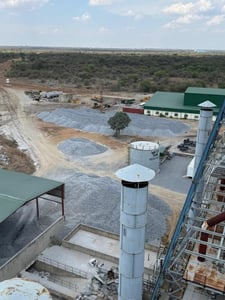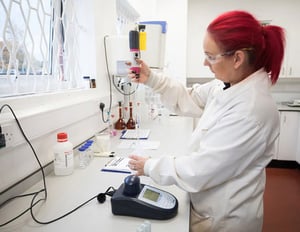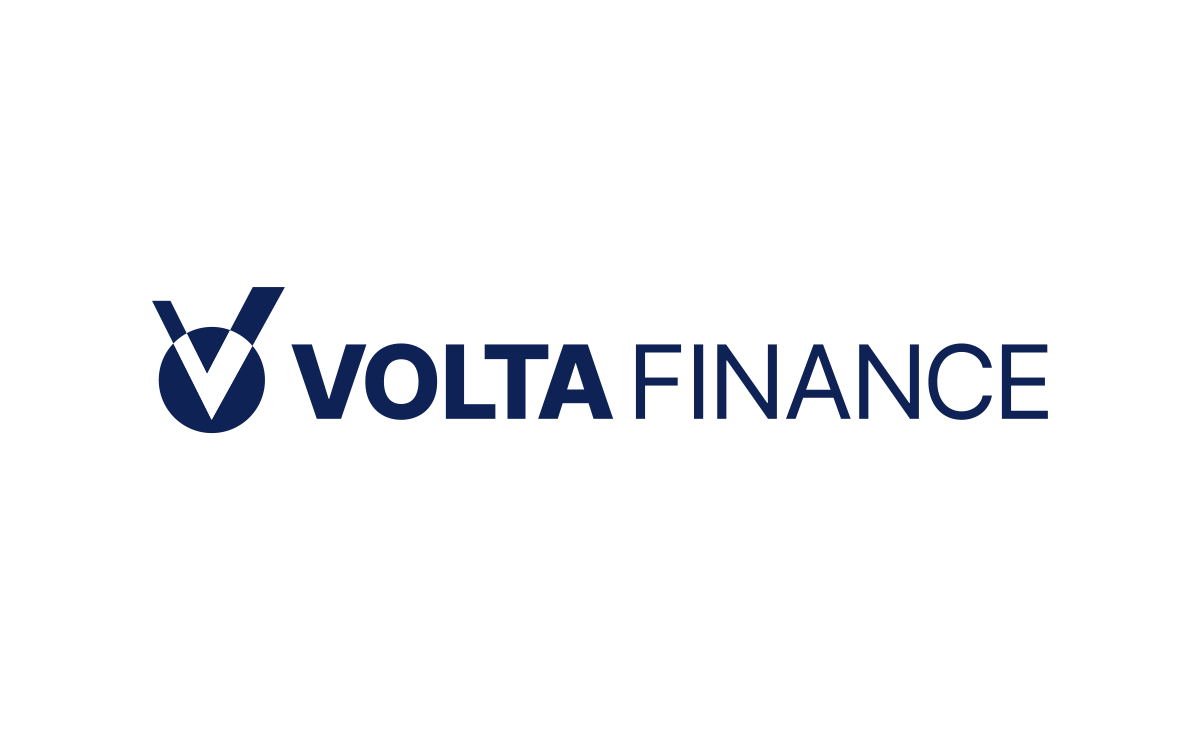Pulsar Helium Inc (LON:PLSR) is the topic of conversation when Auctus Advisors’ Co-Founder and Head of Research Stephane Foucard caught up with DirectorsTalk for an exclusive interview.
Q1: Stephane, you’ve been recently looking at the various projects held by the public-listed helium junior companies. How do you think we should look at these projects?
A1: Generally, the helium sector had a hard time this year for various reasons. I think the market has not been particularly easy for those junior companies, particularly in Canada. Some had, I think, disappointing drilling results, and I think as well, investors sometimes didn’t understand well the risk profile of those companies. I think that has also had an impact on performance.
So I thought, in the context of all those share price being very depressed, maybe there are some interesting opportunities so I decided to really look at the projects of those companies. As I delved in, I realised really three things.
The first thing was that there were many more junior companies than I was expecting, I think there are about 16. They are listed on various stock exchanges such as Australia, Canada, the UK, and they operate in different countries which make them quite difficult to compare.
You have some companies with, again, assets in Australia, in the US, in Canada, South Africa, Tanzania and they are all at a very different stages of maturity. Some are producing, some are exploring, and they are all small so it’s difficult.
The third point I realised was that it’s very difficult to understand their press release. You have a lot of data, but it’s not clear whether often it’s their data, whether it’s information taken decades ago, whether it’s on the license next door. So, that was hard to compare them.
I thought, well, in the context where everything is cheap, maybe there is no need to take a big exploration risk so I decided to rather focus at the likelihood of commerciality of those projects. Sometimes it’s better to have a smaller deposit in an area that is safe, close to infrastructure, rather than having something massive that is far from everything and has close to zero chance of being developed.
So, really the focus was to try to see what is likely to be developed.
Q2: What do you think is important to consider then when looking at these helium projects?
A2: I came up with really, I think, four main criteria to assess the likelihood of commerciality. They’ve all claimed to have big resources, whether it’s discovered or in development or prospective resources. So, let’s look at what can be developed.
The first criteria is around asset quality, the rocks, basically. The second criteria I thought was the asset location. How easy is it to operate in that place? The third one is distance to market. Helium is a very small molecule, so transportation could be an issue, or at least it carries a cost. Lastly, some companies had independently assessed chance of development, which gives you an idea of the likelihood of the project to really take place.
Those are the four things I looked at.
Q3: So, how do you assess asset quality?
A3: This is quite important, particularly in the context of this low data quality I described.
So, I decided to look first at only the information and measurements made directly by companies on their own licenses and I excluded data from assets that were basically stuck, or where the company had decided not to deploy more capital for whatever reason.
So with those lengths, looking at asset quality means looking at helium concentration, which is an important factor as an indicator of the potential commercialisation. The more helium you have in gas, the more likely that the project is good but I think this is not enough. I’m a reservoir engineer by background, and I like flow rate, I like flow rate because it’s a direct indication of the performance of a well. It’s not only about flow rate, about gross gas, it’s net helium flow rate, so gross gas multiplied by helium concentration. That really gives you good economics on those wells, particularly in the context that generally those wells are quite cheap in most areas.
But that information is quite hard to find and when you filter through that information or screen out, you realise that many companies don’t have any well tests and actually, even among those who had a well test, even fewer had anything that could be likely to be commercial.
Q4: So, let’s now talk about countries. Not every location is equal, but can you elaborate on that?
A4: Yes, clearly having assets in the US or in Canada, where it’s easy to operate, is very different from Tanzania so I looked at different things.
The regulation, the regulatory environment is very important. How easy you can get things done and again, likewise, Canada and the US rate very high so probably is Australia.
It’s about access to equipment when you need to drill a well, when you need to have access to helium technology, having it next door is quite important and again, the US and Canada are ranked very, very high, Australia, perhaps a bit less, but pretty good still. I think mostly in this case, the asset of the junior companies with assets in Australia tend to be located in quite remote areas, train, and trucks so that might be an impairment, and of course, Tanzania is very challenging.
Lastly, it’s all about the strength of the institution. If things get wrong, you’d want to make sure that your assets are protected and likewise, probably US, Canada and Australia are pretty good. Tanzania is a bit weaker.
Q5: Now you talk about project maturity, but how do you measure that?
A5: The project maturity, a simple way to look at it is simply to look at the chance of development I talked about. Some of the companies in this study had an independent party attribute to them a chance of development.
Now, what’s interesting is that less than a third of those six companies have a chance of development and I think it’s a pretty good indicator of the maturity of the project and the risk of the project.
Q6: How does Pulsar Helium look across these criteria?
A6: Pulsar I think screens very, very well. The company has the highest helium concentration of the entire universe of companies including this study.
They had a very good flow rate. To put things in perspective, I think the flow rates, the IP rate, the initial production rate they indicated equates to about $20 million revenue. This is more than 10 times the cost of a well so this is a pretty well good indication and this flow rate was just taken from a small 100 meters interval. They’re about to deepen the well by another 500 meters and this is expected to have important impact on the flow rate but also on the resources because a lot of the resources continue basically deeper compared to where they have drilled.
They have been given a high chance of development, I think we talk about 65% so they are one among the five that have this chance of development.
Perhaps lastly, they also have a lot of CO2 in their properties which will probably really help them to boost the economics of the project.
So overall, Pulsar Helium screens very well.









































